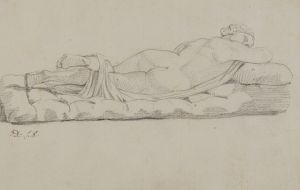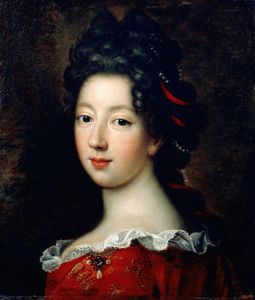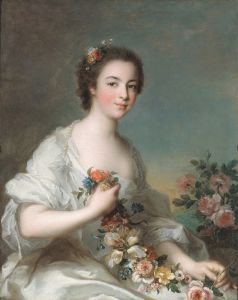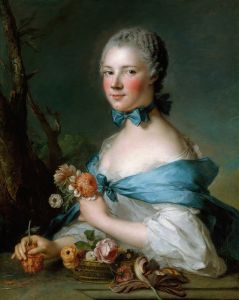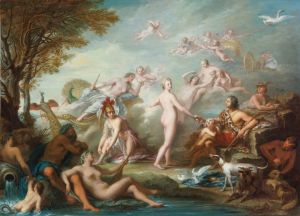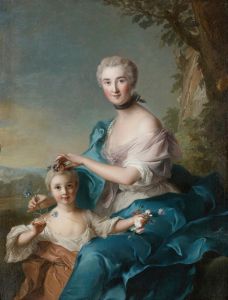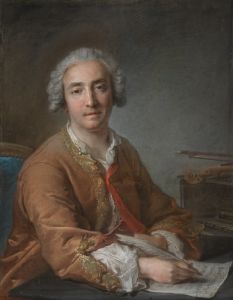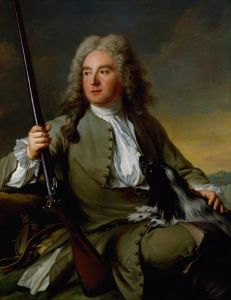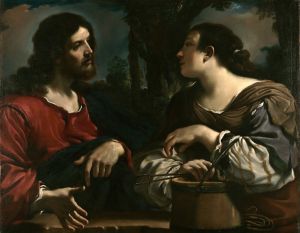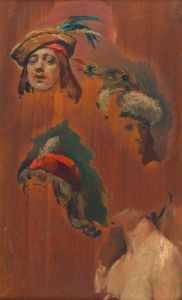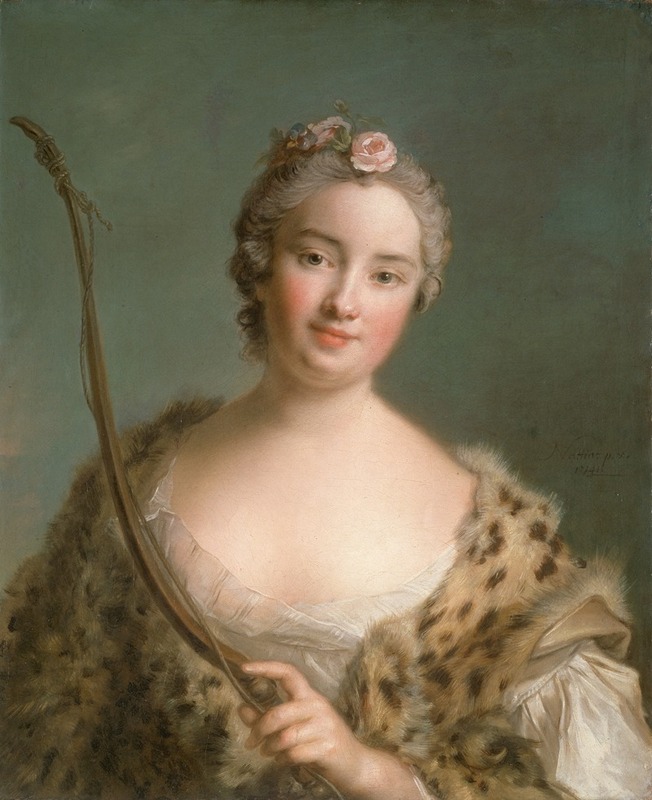
Charlotta Fredrika Sparre , later Countess Fersen
A hand-painted replica of Jean-Marc Nattier’s masterpiece Charlotta Fredrika Sparre , later Countess Fersen, meticulously crafted by professional artists to capture the true essence of the original. Each piece is created with museum-quality canvas and rare mineral pigments, carefully painted by experienced artists with delicate brushstrokes and rich, layered colors to perfectly recreate the texture of the original artwork. Unlike machine-printed reproductions, this hand-painted version brings the painting to life, infused with the artist’s emotions and skill in every stroke. Whether for personal collection or home decoration, it instantly elevates the artistic atmosphere of any space.
Charlotta Fredrika Sparre, later Countess Fersen, is the subject of a portrait by the renowned French Rococo painter Jean-Marc Nattier. This painting is a significant example of Nattier's work, showcasing his skill in capturing the elegance and refinement of the French aristocracy during the 18th century.
Charlotta Fredrika Sparre was born on March 28, 1719, in Sweden. She was a member of the Swedish nobility, the daughter of Count Erik Sparre and his wife, Countess Ebba Christina De la Gardie. Charlotta Fredrika married Count Axel von Fersen the Elder in 1748, becoming Countess Fersen. Her husband was a prominent Swedish statesman and soldier, and their marriage linked two influential noble families.
Jean-Marc Nattier, born in Paris in 1685, was a celebrated portraitist known for his ability to depict his subjects with grace and sophistication. He gained considerable acclaim for his portraits of the French court, particularly those of women. Nattier's style is characterized by its delicate brushwork, attention to detail, and the use of soft, pastel colors, which were hallmarks of the Rococo period.
The portrait of Charlotta Fredrika Sparre, later Countess Fersen, exemplifies Nattier's artistic approach. In the painting, Charlotta Fredrika is depicted in an elegant and fashionable gown, adorned with intricate lace and luxurious fabrics. Her pose is poised and dignified, reflecting her noble status. Nattier's use of light and shadow enhances the three-dimensional quality of the portrait, giving it a lifelike presence.
The background of the painting is typically Rococo, featuring a soft, blurred landscape that does not detract from the prominence of the subject. This technique was commonly employed by Nattier to ensure that the viewer's focus remained on the sitter. The overall composition of the portrait is harmonious and balanced, with Charlotta Fredrika's serene expression and graceful demeanor capturing the essence of 18th-century aristocratic elegance.
Nattier's portraits were highly sought after by the nobility, and his ability to flatter his subjects while maintaining a sense of realism made him a favorite among the French elite. The portrait of Charlotta Fredrika Sparre, later Countess Fersen, is a testament to his talent and the high regard in which he was held by his contemporaries.
This painting not only serves as a beautiful representation of Charlotta Fredrika Sparre but also provides insight into the fashion and cultural values of the time. It is a valuable piece of art history, reflecting the intersection of Swedish and French aristocratic circles in the 18th century.
Today, the portrait of Charlotta Fredrika Sparre, later Countess Fersen, by Jean-Marc Nattier is appreciated for its artistic merit and historical significance. It remains an important example of Rococo portraiture and continues to be studied and admired by art historians and enthusiasts alike.





